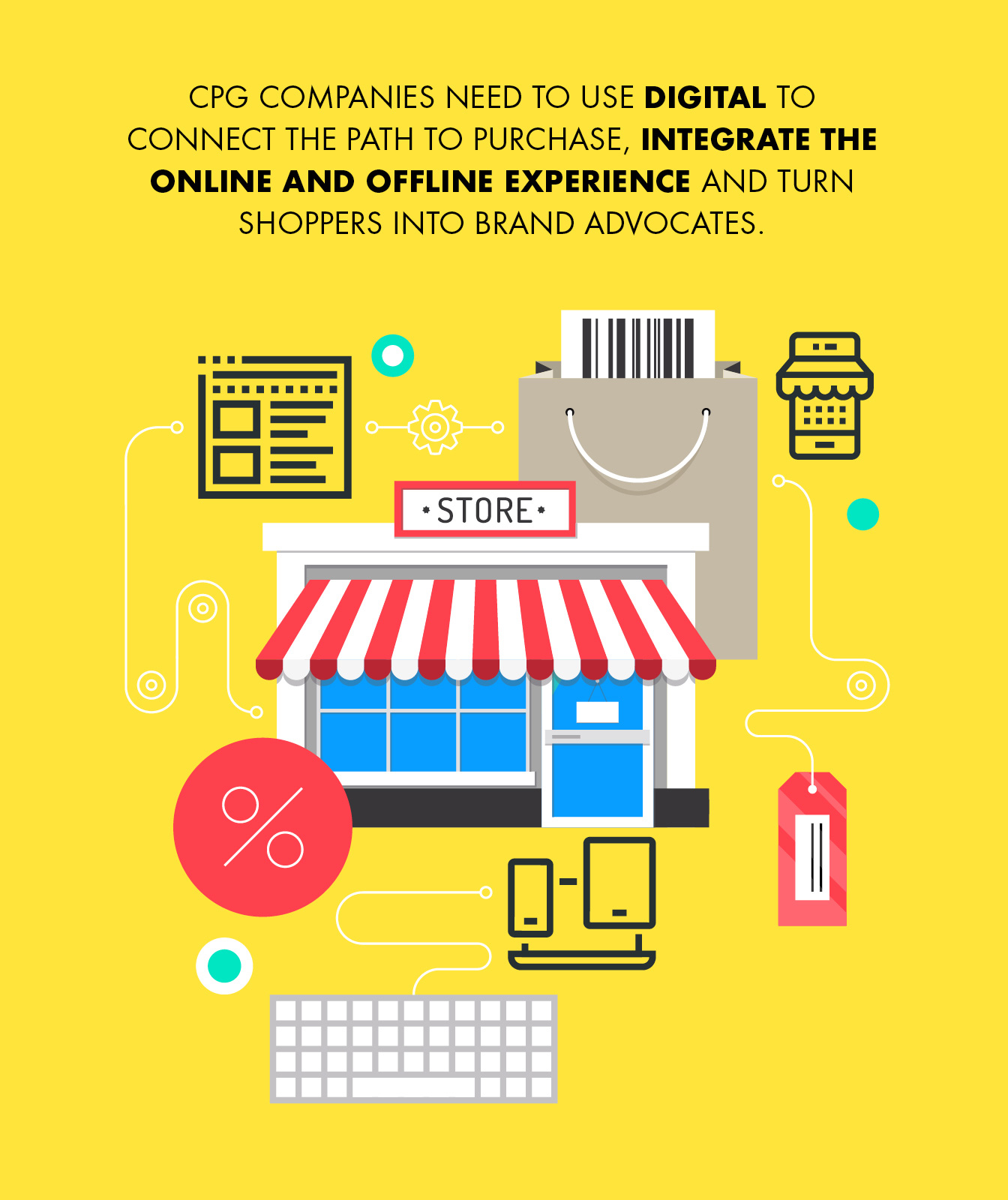Total Commerce approach
As shopping is redefined and retailers are increasingly becoming competitors, CPG companies need a holistic approach to address today’s realities and prepare for a rapidly evolving future. A Total Commerce approach integrates and aligns brand.com, partner e-commerce and retail and follows the consumer across each one for a holistic experience.
Brand.com: Play a key role in an integrated shopping experience
If most consumers are going to Amazon to search for products, does a brand website really matter? The answer is a resounding yes—and perhaps now more than ever. As CPG brands seek to regain control over the shopping journey and establish a stronger relationship with consumers, their brand websites are becoming a most strategic touchpoint.
In a world where consumers discover and experience CPG products most often through intermediaries, it is essential to establish a direct platform to educate, engage and build trust with existing and potential customers. At a fundamental level, brand websites serve a common purpose to all CPG brands: they act as a single source of truth.
Hershey’s successfully created a direct-to-consumer platform. The company’s D2C store spans all of its brands, with a focus on gifting, bundles and seasonal exclusives that distinguish the store from other routes to market. The site also connects to individual brand sites for effective cross-sell.
Partner e-commerce: Make your brand stand out on the virtual shelf
E-retailers are a critical part of the business and account for significant revenue as they are increasingly becoming a key driver of product awareness and consideration. But how can you get the most from these partnerships?
The key to driving offline and online sales is to optimize your presence across e-commerce sites and own the brand experience, even though sales are happening on 3rd party platforms. Know who you are selling through and what you want to sell through this partner. The CPG company’s packaging and merchandising strategy may differ depending on the partner. How should content be tweaked to show up better in search? Should products be grouped versus sold individually? These decisions will vary depending on whether you are selling to a once-a-week shopper on Tesco versus a bulk item shopper on Amazon.
Creating and optimizing content can help increase visibility during common product searches and generate new sales conversions. Understanding how a consumer shops for a particular kind of product will be critical to create the right product description and appear on top of search results, while attractive brand imagery will play a key role in driving up conversion.













